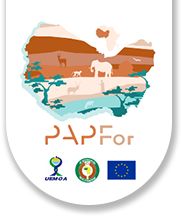Home / Guinean forests / Characteristics / The biodiversity / Species identity card / Damselflies and dragonflies
Damselflies and dragonflies
Odonata is an order of flying insects comprising two large and very different groups: the suborder Zygoptera, commonly known as damselflies, and the suborder Anisoptera, known as dragonflies.
All dragonflies and damselflies lay eggs in water where the larvae develop. These insects thus come in two completely different forms: the larvae are flightless and live exclusively in the water where they hunt other insect larvae or sometimes, in the case of the larger species, also fry, tadpoles or other small vertebrates. The larva then emerges from the water, clings to a branch or rock and undergoes a metamorphosis to become a dragonfly, as they are most widely known.
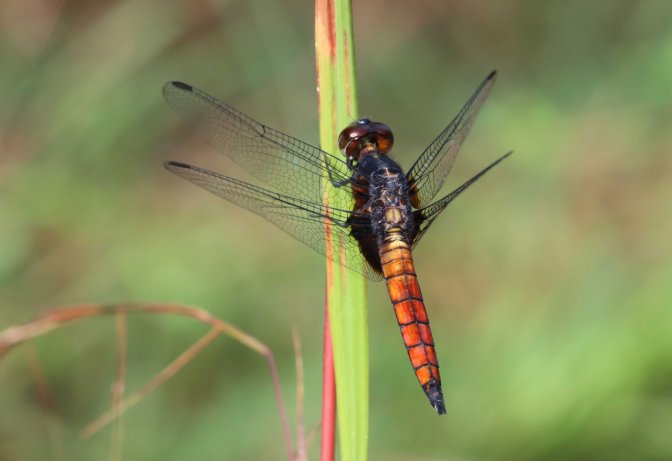
Like all insects, they have six legs. They all have four wings and most have large eyes with many facets. The adults are, like the larvae, carnivorous. They hunt small flycatchers, butterflies and other flying insects.
Damselflies and dragonflies of the Guinean forests.
There are over 300 species of Odonata in Upper and Lower Guinea. Not all of them are dependent on forests, as many need sunny areas and live only in the savannah or on the forest edge. There are, however, many species that live only in forest rivers or streams.
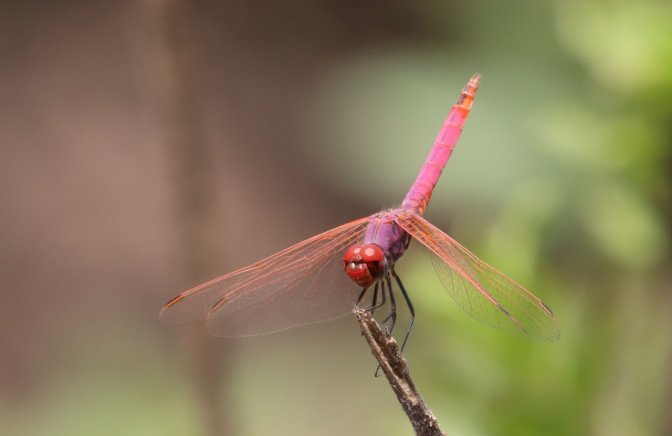
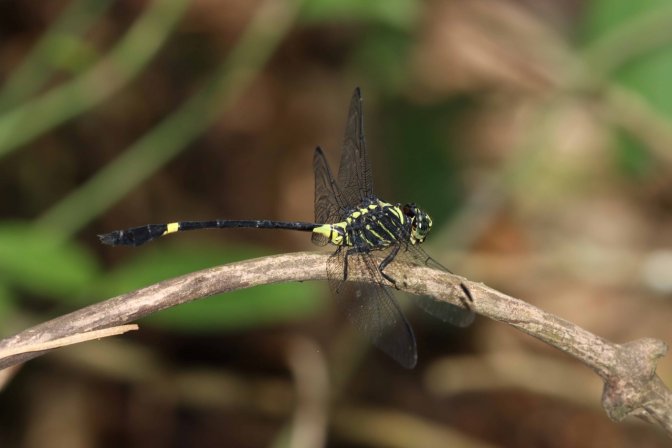
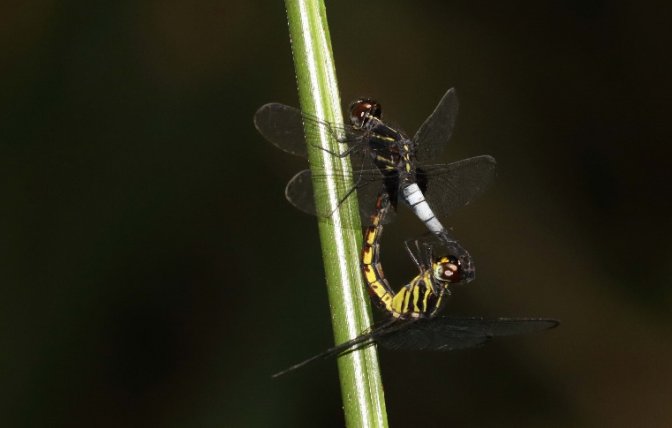
The interest of dragonflies is that they are excellent indicators of the quality of the environment: their eggs and larvae can only survive in clean water; the adults need prey which in turn depend on many plants.
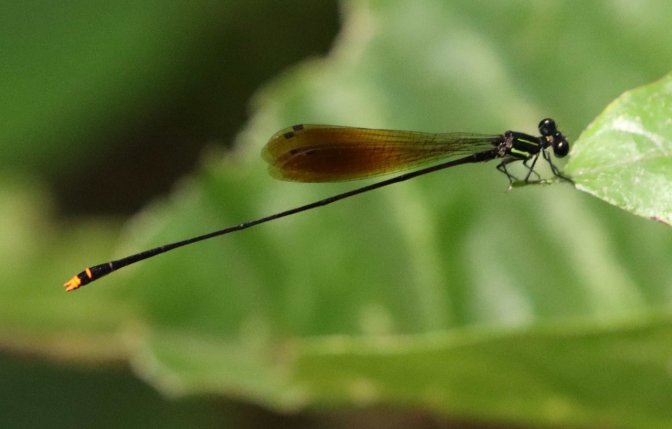
Diversity still poorly understood
Although, after butterflies, dragonflies are among the best known insects, there are still many species to be discovered, including in Guinean forests. Several species have been discovered recently and others are still awaiting scientific description.
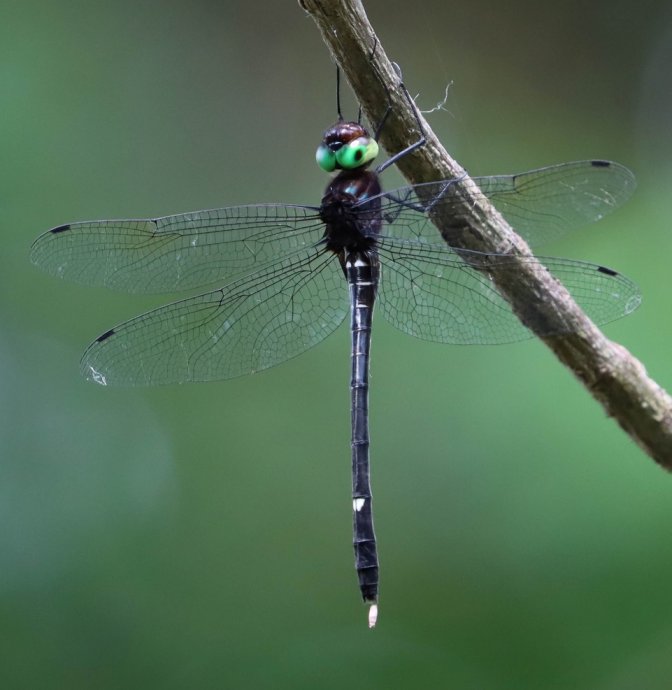
PAPFor supports bio-monitoring programmes in all landscapes and inventories that provide a better understanding of the biodiversity of Guinean forests, including dragonflies and damselflies.
